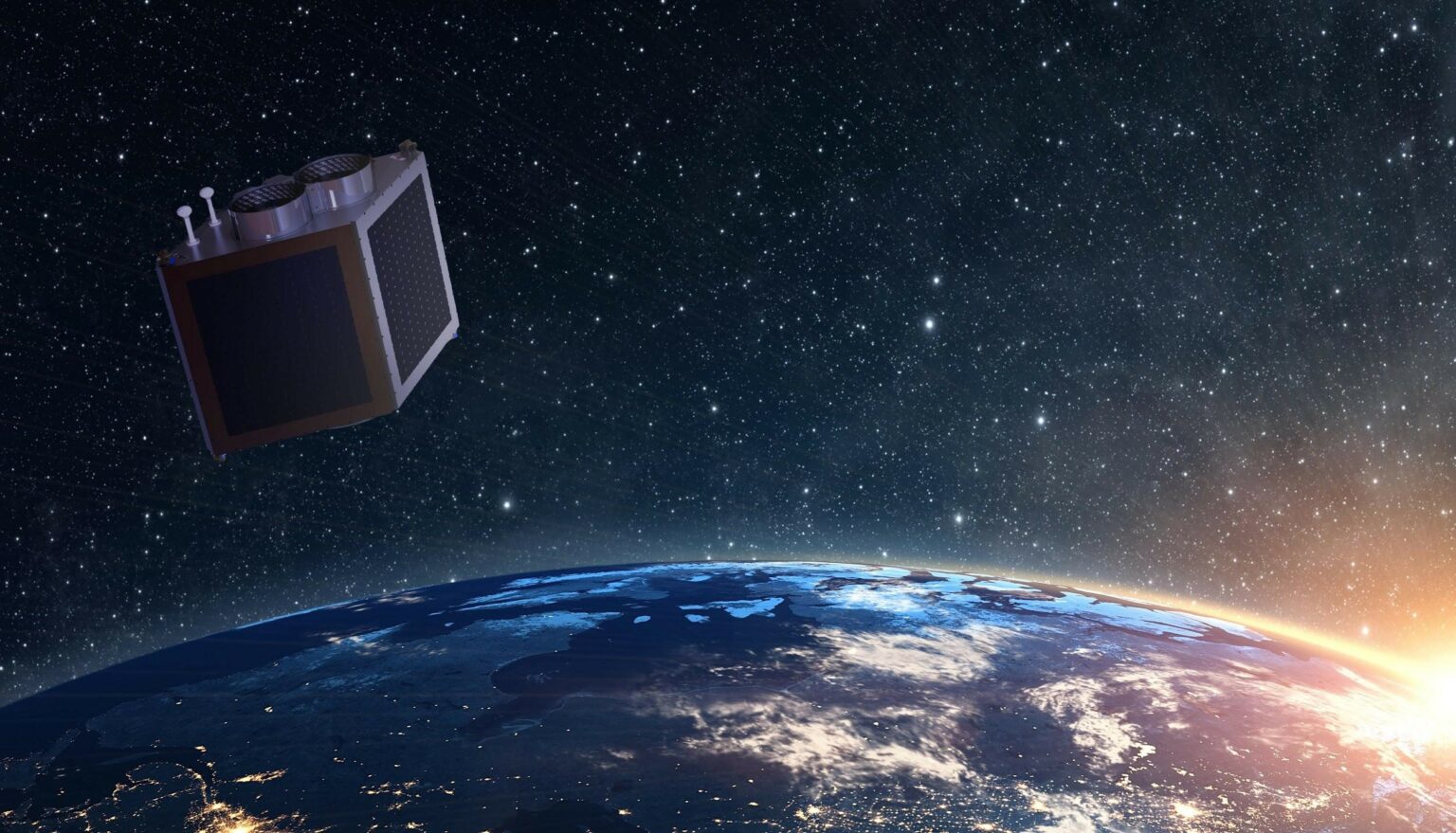The Falcon 9 rocket successfully launched from Cape Canaveral as part of the Transporter-6 mission. Among the satellites on board, EOS SAT-1 was created by the Max Poliakov group of companies and PolyITAN-HP-30 was assembled in KPI.

Transporter-6 mission successfully launched
SpaceX‘s Falcon 9 rocket made its first launch in 2023 from the Cape Canaveral spaceport. On January 3, at 04:56 p.m. GMT+2, the Transporter-6 mission began. The launch was successful. The first stage already returned to Earth and made a controlled landing.
The rest of the rockets continue their flight. Over the next 1.5 hours, 114 spacecraft created in different countries should separate from it and enter target orbits. Two of them are connected with Ukraine, and we are following their fate especially closely.
EOS SAT-1
EOS SAT-1 will be the last to be separated from the carrier. This is a satellite created by Dragonfly Aerospace commissioned by EOS Data Analytics. Both companies are part of the Noosphere group, founded by Ukrainian entrepreneur Max Poliakov.
The project also involved Space Electric Thruster Systems and Flight Control Propulsion, also included in this group. The purpose of such cooperation was to create an apparatus capable of observing the Earth’s surface in the optical and near infrared ranges.
EOS SAT-1 should become the initial link of the world’s first satellite constellation specifically designed to solve the problems of agriculturists. Its 11 channels of information transmission allows analyzing the state of fields and forests.
PolyITAN-HP-30
Another Ukrainian satellite PolyITAN-HP-30 belongs to the category of nanosatellites. It was developed by specialists from the National Technical University of Ukraine “Igor Sikorsky Kyiv Polytechnic Institute”.
A satellite is two cubes connected together. The main purpose of its creation was to test in space the technology of heat pipes to ensure the thermoregulation of spacecraft.
Follow us on Twitter to get the most interesting space news in time
https://twitter.com/ust_magazine

